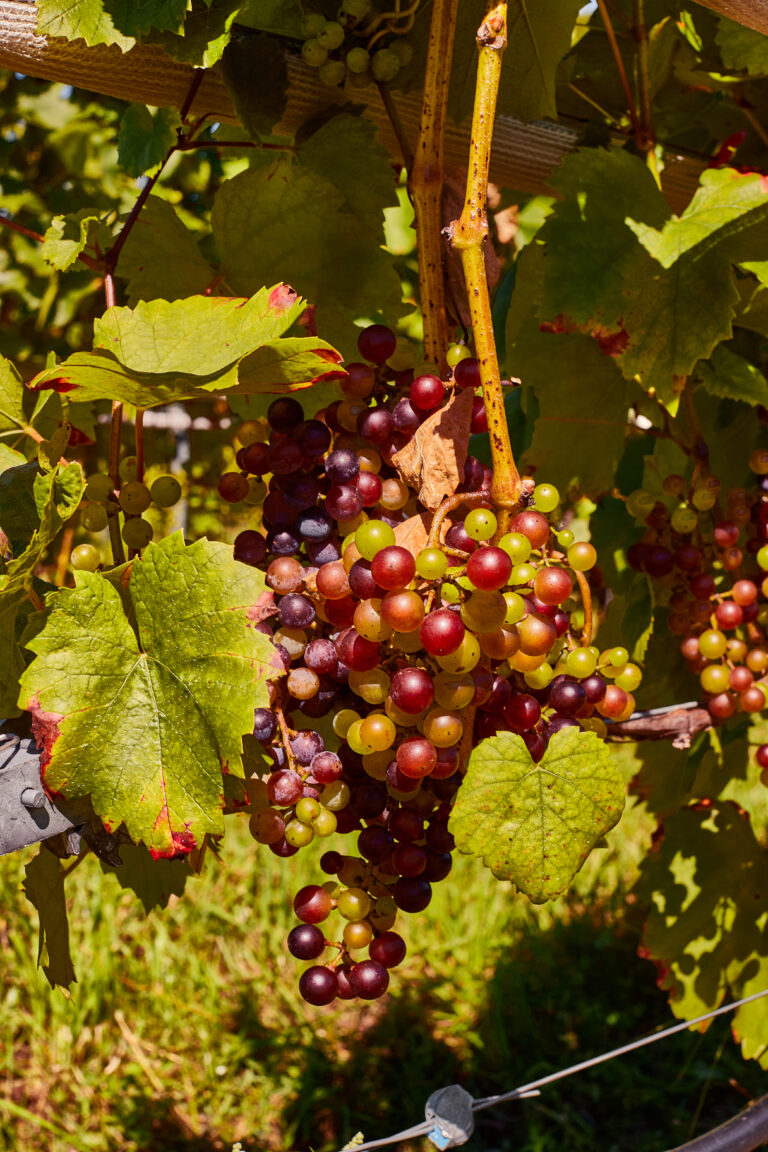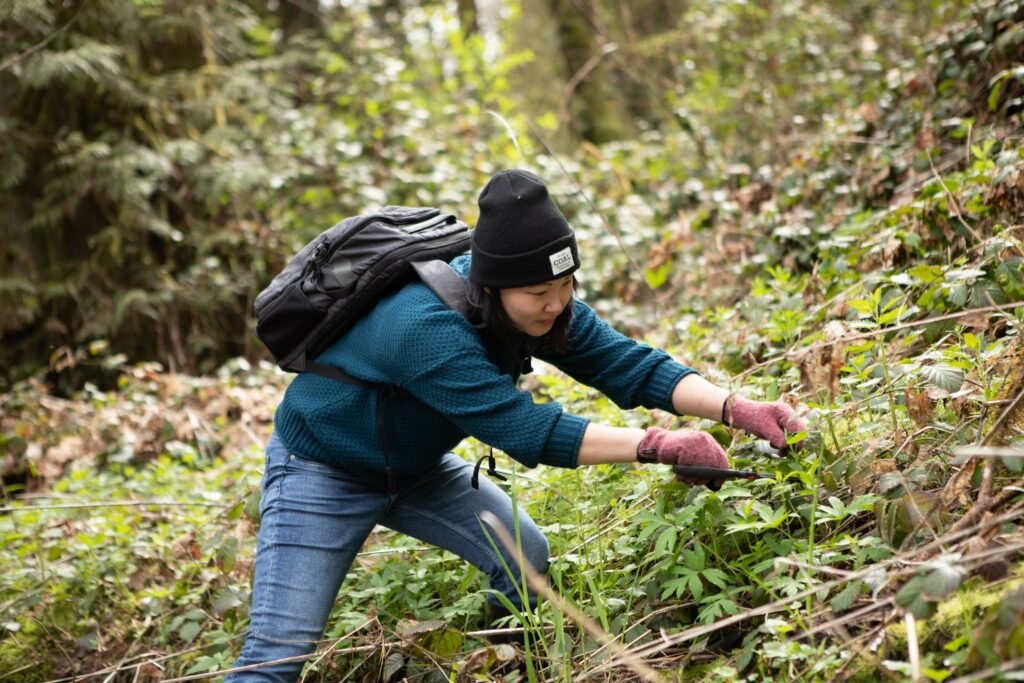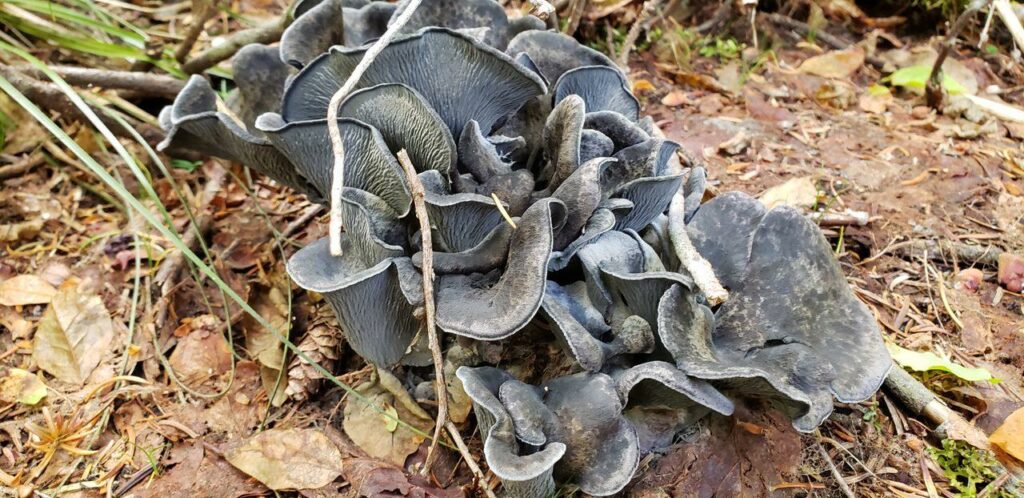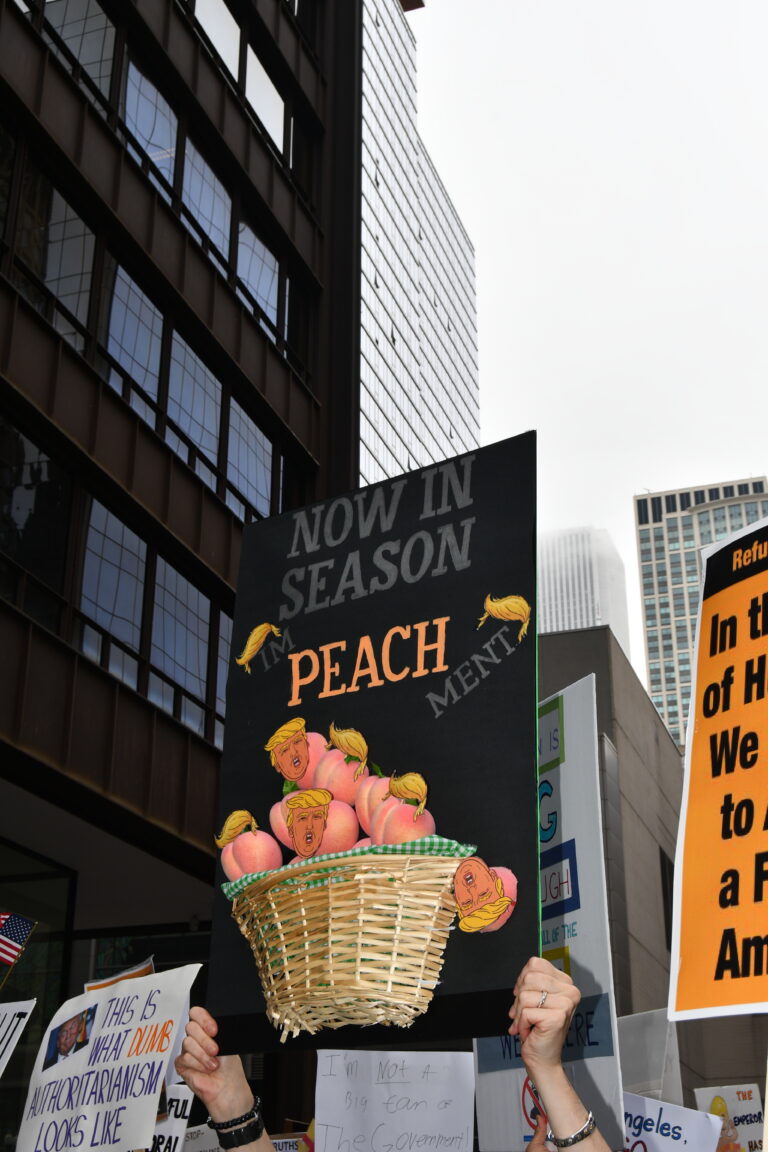
Foraging for Inspiration: An Interview with Cindy’s Rooftop Executive Chef Kaleena Bliss
An Interview with Cindy’s Rooftop Executive Chef Kaleena Bliss
Thanks to the numerous natural trails, state parks, and forest preserves locally and nearby, Chicago has a robust forage community. Many of our restaurants and chefs also incorporate local produce and foraged ingredients into their menus. However, foraging is more than just gathering ingredients in the wild.
In this interview, Chef Kaleena Bliss, Season 21 Top Chef competitor and Cindy’s Rooftop Executive Chef, shares how foraging has made her a better chef and taught her to appreciate the seasonalities of these locally sourced ingredients.
Xiao daCunha (Xiao): Let’s start at the beginning – what ignited your passion for foraging?

Kaleena Bliss (Chef Bliss): I’ve always been interested in foraging. Growing up in Washington state, I was a very outdoorsy girl. Some friends who foraged for mushrooms introduced me to the activity.
Xiao: Did you immediately consider integrating foraged ingredients into your cooking practice?
Chef Bliss: I love eating all the ingredients you can get through foraging. Even when I was a “baby cook,” 22 years old, working in one of my first restaurants, I was using ingredients like chanterelles and morels, except I didn’t know where they came from. I only thought of them as something we ordered from a mass producer. It never occurred to me to think about their origins.
Xiao: Was that lack of understanding common?
Chef Bliss: People have been foraging for a long time, but the activity hasn’t been so closely knitted into fine/upscale dining or the daily practices of our chefs in the community. The concept seems only to have been popularized over the last half-decade or so. The knowledge of foraging became more widespread.
Xiao: How would you describe the relationship between foraging and your chef’s career?
Chef Bliss: Foraging bridged my two favorite things together: my passion for the outdoors and my passion for cooking. Our lives as chefs are busy and chaotic, whereas it’s quiet and peaceful where you’d look to forage. Foraging helps me relax and recenter myself, so I’m ready for the chef life.
Foraging also gives me ideas for things I’d like to do in the restaurant. I remember backpacking with my boyfriend once outside of Seattle, and we ended up foraging a bunch of morels. We returned to our campsite, made a small fire, cleaned the morels and roasted them, then stuffed them with sausage.
Foraging helps me see things we eat regularly in a different light and discover new ingredients that are right around the corner.

Xiao: How have you implemented that into your chef’s career?
Chef Bliss: When we did Cindy’s spring menu last year, I was excited to explore things that grew around here, like rams, which we don’t have back in the Pacific Northwest (PNW). I also focused on showing my team other things you can do to the ingredients, like how I cooked the morels outdoors. I also imported some PNW ingredients that are less common here in Chicago. Like foraging, my current cooking style is simple, intentional, and playful.
Xiao: Could you expand on that?
Chef Bliss: I like spices, bold flavors, and textures. I draw inspiration from Asian influences and other cultures while keeping the menu approachable. We want you to be able to learn something new from our menus without feeling intimidated or unwelcome.
Xiao: Learn while having fun: that’s just like foraging.
Chef Bliss: Absolutely.
Xiao: Which brings us to another key element in foraging: sustainability. As any forager would tell you: never take it all. Is that dedication to sustainability also reflected in your chef career?
Chef Bliss: Yes! One of the coolest things about using foraged ingredients is that you’re using things that will run out. They’re seasonal, and the quantity is limited. They’ve only been recently picked. Foraged ingredients are very special to me. The limitations give me a whole different level of appreciation for those ingredients. Also, while the window for each ingredient is very short, the windows also keep going. You get a different roster of ingredients every couple of weeks, which means you have to understand these ingredients’ lifespan: how they grow, when they grow, and their seasonalities. It forces me to be a better chef.
Xiao: Are you currently partnering with any regional producers to acquire these materials?
Chef Bliss: We do. We order from a couple of regional sources, one of which is Mushroom Mike. In addition to locally foraged ingredients, he imports many PNW ingredients. We also source directly from working farms, including Werp Farms, Nichols Farms, and Mick Klug. The last one is a local farm with sustainably farmed, hand-harvested fruit and vegetables. You can find their produce at many local farmer’s markets in Chicago.


